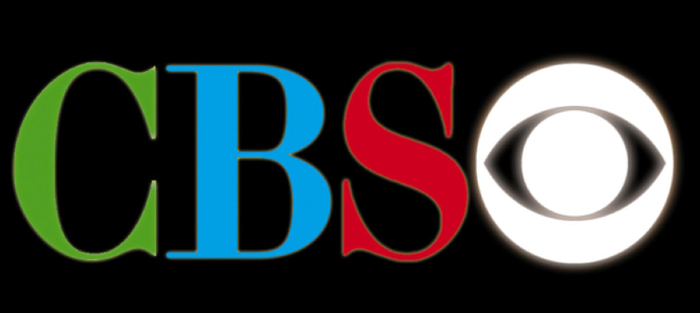
Back in 1969, Fred Silverman was the programming chief at CBS, and he was noticing a growing trend in the television industry. Shows about young, hip, professional city dwellers were getting all of the attention. Along with that attention came high ratings and high advertising dollars. Research from the Neilson ratings backed up his observations. Audiences between the ages of 18 and 50 were watching programs like Laugh-In, The Mod Squad, and Julia, which were about young people and were often set in cities. Advertisers had noticed the trend, and knowing that younger viewers had the least ingrained brand loyalties and the most disposable income, moved more and more of their dollars to buy ads on these shows.
Silverman looked at the programming on his CBS and found that almost every one of his prime-time shows was the exact opposite of what advertisers wanted. Most of his shows had rural settings and were aimed at older viewers. It featured a bunch of corny comedies like Petticoat Junction and Mayberry R.F.D, and variety shows like The Ed Sullivan Show and The Red Skelton Show. Now it wasn’t like these shows were performing poorly…CBS was still the most-watched network overall, and many of their rural shows were still regulars in the top 30 charts. But the people watching those shows didn’t fit the prime marketing demographics.
Fred Silverman had a bold, and risky idea. He wanted to go for the young urban crowd by completely overhauling the entire CBS lineup. To begin with, Silverman dipped his toes into the water with just a single cancellation. In the spring of 1970, he axed Petticoat Junction. It was a good choice to start with, as it was the most “country” show in the lineup and the lowest-rated one. In its timeslot, he replaced it with The Mary Tyler Moore Show, which was about a single professional woman working at a big city TV station.
A few months later, he gave the axe to The Red Skelton Show, which had been on the air for more than 20 years, and had just finished the season at #7 overall. To replace it, Silverman debuted All in the Family. Both it and The Mary Tyler Moore Show were instant hits. More importantly, they were relevant to their era, and they were bringing in younger viewers.
With these two moves, Silverman saw that his idea might work, so he decided to commit to it fully. He was going to remake CBS, and to do that, more shows had to go. There were three main parts to his plan:
- cancel any show that had been on the air for more than a decade
- cancel any series that didn’t appeal to young adults
- cancel any show that was set in the country
It didn’t matter how popular the shows were…if they didn’t fit Silverman’s plan for his new era in television, they were gone. What resulted was a bloodbath akin to Game of Throne’s red wedding. TV insiders nicknamed it the “rural purge.”
At the end of the 1970-71 season, Silverman cancelled eight shows at once. Among them were Mayberry R.F.D., Hee Haw, The Jim Nabors Hour, Green Acres, The Beverly Hillbillies, Hogan’s Heroes, Lassie, and The Ed Sullivan Show. All of these shows were still in the top 30, and The Ed Sullivan Show had been a television staple for 24 years. After the 1972 season, The Glen Campbell Goodtime Hour and My Three Sons fell too.
It was a risky move to cancel so many long-running hits at one time, but it paid off. Silverman and CBS successfully attracted younger, urban viewers with young, urban shows, and in the process, ushered in a new era in television. CBS’ new shows defined the 1970s as All In the Family, Maude, Good Times, The Mary Tyler Moore Show, The Bob Newhart Show, M*A*S*H*, One Day at a Time, and The Jeffersons went on to become some of the most memorable shows in the history of television. Those shows all got their start because of Fred Silverman’s rural purge of the network.

Be the first to comment